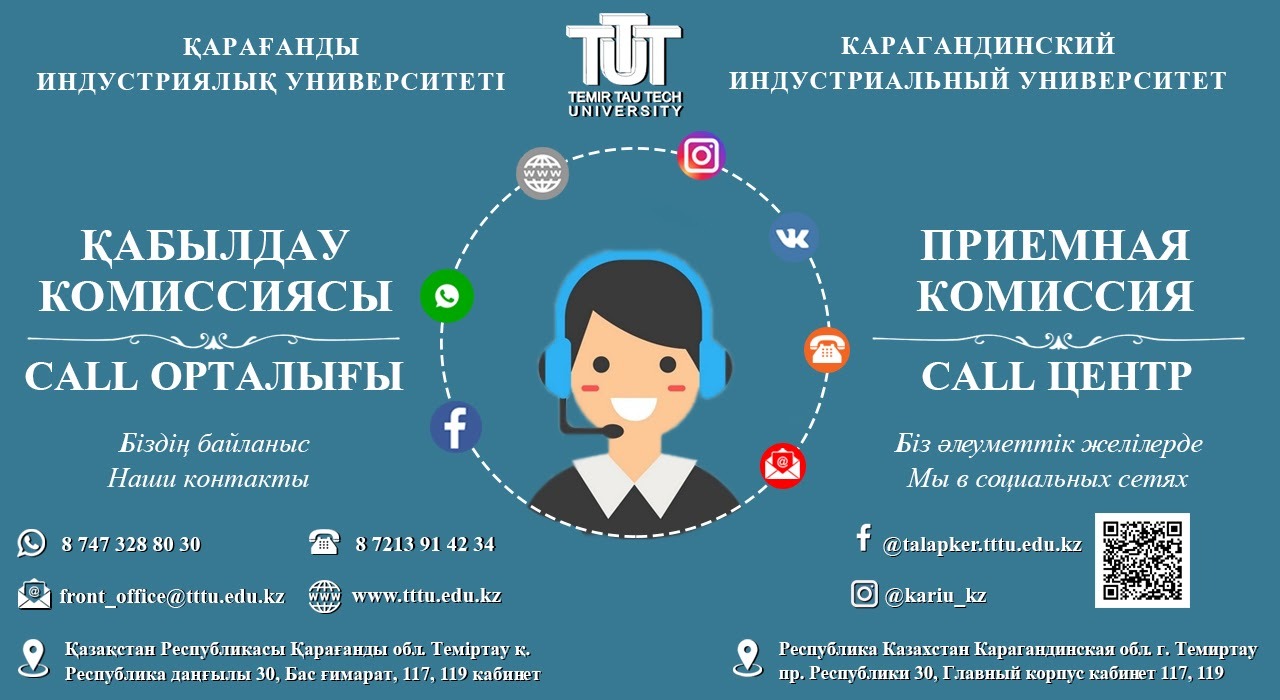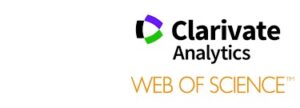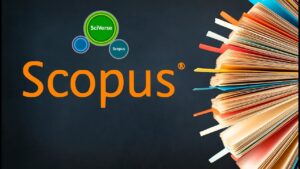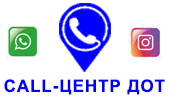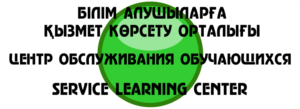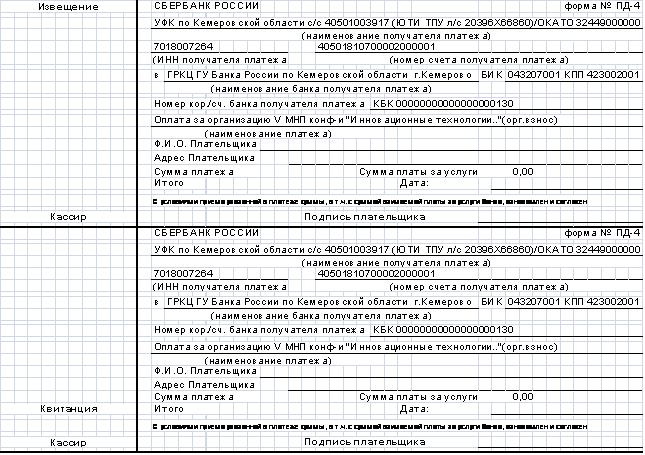V Международная научно-практическая конференция «Инновационные технологии и экономика в машиностроении»
[Дата публикации: 25.12.2013, 11:09:12, опубликовал: Әкімшілік]
Юргинский технологический институт (филиал)
Федерального государственного бюджетного образовательного учреждения высшего профессионального образования
«Национальный исследовательский Томский политехнический университет»
ИНФОРМАЦИОННОЕ СООБЩЕНИЕ
V Международная научно-практическая конференция
«Инновационные технологии и экономика в машиностроении»
https://uti.tpu.ru/science/konf.php
22-23 мая 2014 года
ЮТИ ТПУ, г. Юрга, ул. Заводская, 10 (корпус №6)
К участию в конференции приглашаются аспиранты, преподаватели, ученые, сотрудники ВУЗов, НИИ и промышленных предприятий. Научные статьи очных участников конференции будут бесплатно опубликованы в журнале «Applied Mechanics and Materials», издательство Trans Tech Publications*** (индексируется в Scopus).
СЕКЦИИ И НАУЧНЫЕ НАПРАВЛЕНИЯ КОНФЕРЕНЦИИ
1. Инновационные технологии получения и контроля неразъемных соединений в машиностроении
- инновационные технологии сварочного производства
- применение сварочной техники в отраслях промышленности
- контроль качества сварных конструкций и сертификация
2. Инновационные технологии получения и обработки материалов в машиностроении
- инновационные технологии получения и обработки материалов
- электрометаллургия стали и ферросплавов
- контроль качества и сертификация металлургической продукции
- оборудование механической и физико-технической обработки
- технологии быстрого прототипирования
- конструирование и усовершенствование машин и механизмов
3. Автоматизация и информатизация, экономика и менеджмент на предприятии
- автоматизация производственных процессов и компьютерные технологии
- общие вопросы программного обеспечения
- информационные технологии в управлении
- экономика
- менеджмент, сертификация и маркетинг производственных процессов
4. Защита окружающей среды, безопасность и охрана труда на предприятиях
- отраслевые, региональные и международные аспекты экологии и БЖД
- отходы производства и ресурсосбережение
- современные методы защиты в чрезвычайных ситуациях
- научно-методические аспекты оздоровительной и адаптивной физической культуры
5. Передовые технологии и техника для агропромышленного комплекса (АПК) и разработки недр
- новые техника и технологии освоения подземного пространства
- геология и геомеханика
- инновационные технологии и современные технические средства АПК
- повышение эффективности эксплуатации транспортных и технологических машин
ПРОГРАММНЫЙ КОМИТЕТ
- Пестряков А.Н. – председатель комитета, проректор по научной работе и инновациям ТПУ, д.хим.н., профессор, Томск
- Ефременков А.Б. – сопредседатель комитета, директор ЮТИ ТПУ, к.т.н., доцент, Юрга
- Попов С.В. – Глава города Юрги
- Грицко Г.И. – член-корреспондент РАН, д.т.н., профессор, Новосибирск
- Клименов В.А. – проректор-директор Института неразрушающего контроля ТПУ, д.т.н., профессор, Томск
- Аксенов В.В. – ведущий научный сотрудник Института угля СО РАН, д.т.н., профессор, Кемерово
- Лю Гуансюнь – начальник отдела международных связей ПАКУ, Пекин, Китай
- Белый А.В. — заместитель директора по научной работе ФТИ НАН Беларуси, член-корреспондент НАН Беларуси, д.т.н., профессор, Минск, Беларусь
- Скаков М.К. – заведующий кафедрой техническая физика ВКГТУ им. Д. Серикбаева, д.физ.-мат.н., профессор, Усть-Каменогорск, Казахстан
- Рзаев Э.Д. – заведующий кафедрой металлорежущие станки и инструменты АТУ, доцент, Баку, Азербайджан
- Сараев Ю.Н. – ведущий научный сотрудник ИФПМ СО РАН, д.т.н., профессор, Томск
- Овчаренко В.Е. – заведующий лабораторией композиционных материалов ИФПМ СО РАН, д.т.н., профессор, Томск
- Смирнов А.Н. – директор Кузбасского центра сварки, д.т.н., профессор, Кемерово
- Батаев В.А. — профессор кафедры материаловедения в машиностроении НГТУ, д.т.н., профессор, Новосибирск
ОРГАНИЗАЦИОННЫЙ КОМИТЕТ
- Чинахов Д.А. – председатель, заместитель директора по НР ЮТИ ТПУ, к.т.н., доцент, Юрга
- Зернин Е.А. – зав. кафедрой сварочного производства ЮТИ ТПУ, к.т.н., доцент, Юрга (председатель секции №1)
- Моховиков А.А. – зав. кафедрой технологии машиностроения ЮТИ ТПУ, к.т.н., доцент, Юрга (председатель секции №2)
- Захарова А.А. – зав. кафедрой информационные системы ЮТИ ТПУ, к.т.н., доцент, Юрга (председатель секции №3)
- Гришагин В.М. – зав. кафедрой безопасности жизнедеятельности и физического воспитания ЮТИ ТПУ, к.т.н., доцент, Юрга (председатель секции №4)
- Казанцев А.А. – зав. кафедрой горно-шахтного оборудования ЮТИ ТПУ, к.т.н., Юрга (председатель секции №5)
- Фисоченко Е.Г. – секретарь конференции
УСЛОВИЯ УЧАСТИЯ
Для участия научно-практической конференции необходимо направить в оргкомитет:
- Заявку
- Статью в электронном виде
- Копию платежного документа о переводе организационного взноса.
Дата окончания приема статей 25 марта 2014 года.
К началу конференции будет выпущена программа и сборник трудов конференции в электронном виде (https://uti.tpu.ru/science/konf.php).
Организационный взнос за участие в конференции составляет 750 рублей.
ОРГАНИЗАЦИОННЫЙ КОМИТЕТ
Адрес: ЮТИ ТПУ, 652055, Кемеровская область, г. Юрга, ул. Ленинградская, д. 26
Телефон для справок: (+7 38451) 6-53-95
Факс: (+7 38451) 6-26-83
Электронный адрес: www.uti.tpu.ru, utiscience@rambler.ru
Председатель Оргкомитета: Чинахов Дмитрий Анатольевич, к.т.н., доцент
Секретарь конференции: Фисоченко Елена Геннадьевна
ФОРМА ЗАЯВКИ НА УЧАСТИЕ В КОНФЕРЕНЦИИ
- Фамилия, имя, отчество.
- Секция.
- Название доклада.
- Полное название организации.
- Должность, ученая степень, звание.
- Почтовый адрес (обязателен для иногородних участников).
- Телефон (служебный, домашний, сотовый), факс.
- Е-mail.
- Потребность в гостинице и пожелания к условиям проживания, стоимости, срокам.
- Форма участия: очная/заочная.
ТРЕБОВАНИЯ К ОФОРМЛЕНИЮ СТАТЕЙ В СБОРНИКЕ КОНФЕРЕНЦИИ
Рабочий язык конференции: русский и английский.
Статья должна содержать аннотацию на русском и английском языке (не более 500 знаков).
Объем статьи – от 2 до 5 страниц формата А4. Количество авторов одного доклада не должно быть больше трех.
Набор текста производить в формате редактора Word 2003/ХР. Для Windows –2000/ХР на листе формата А4 через одинарный интервал стандартным шрифтом Times New Roman Cyr (размер 10 пк) с полями по 2 см с верху и снизу, слева и справа. Отступ красной строки — 1 см. Допускается включать в текст рисунки и таблицы. Оргкомитет оставляет за собой право отклонять статьи, не соответствующие тематике или оформленные не по требованиям.
Оформление заголовка
— первая строка — название доклада прописными буквами;
— вторая строка — инициалы и фамилии авторов, ученая степень и должность;
— третья строка — название учебного заведения или организации, город;
— четвертая строка — адрес для контактов: почтовый адрес, телефон, факс и электронный адрес.
ПРИМЕР:
ТЕХНОЛОГИЯ ПОЛУЧЕНИЯ ТВЕРДЫХ СПЛАВОВ
А.Б. Иванов, к.т.н, доц., В.Г. Петров, д.т.н., проф.
Томский политехнический университет
634050, г. Томск пр. Ленина 30, тел. (3822)-12-34-56
E—mail: Ivanov@mail.ru
Аннотация
Annotation
Основной текст
Литература.
УСЛОВИЯ ПУБЛИКАЦИИ В ЖУРНАЛЕ «APPLIED MECHANICS AND MATERIALS»
***ДЛЯ ОЧНЫХ УЧАСТНИКОВ КОНФЕРЕНЦИИ ОДНА ПУБЛИКАЦИЯ В СБОРНИКЕ ТРУДОВ КОНФЕРЕНЦИИ И ЖУРНАЛЕ БЕСПЛАТНО.
Для публикации в журнале «Applied Mechanics and Materials», издательство Trans Tech Publications (TTP) необходимо выслать в адрес оргкомитета:
- Статью на русском и английском языках. Английская версия статьи должна быть оформлена в соответствии с требованиями этого журнала.
- Copyright.
- Рецензию профессора по научному направлению, заверенную ученым секретарем организации.
- Для заочных участников ‑ электронную копию платежного документа об оплате . Оплату публикации (10 000 руб.) необходимо произвести после получения уведомления о принятии статьи оргкомитетом.
ПРИЛОЖЕНИЕ 1
Your Paper’s Title Starts Here: Please Center
use Helvetica (Arial) 14
First Author1, a, Second Author2,b and Others3,c
1Full address of first author, including country
2Full address of second author, including country
3List all distinct addresses in the same way
aemail, bemail, cemail (corresponding author)
Keywords: List the keywords covered in your paper. These keywords will also be used by the publisher to produce a keyword index.
For the rest of the paper, please use Times Roman (Times New Roman) 12
Abstract. This template explains and demonstrates how to prepare your camera-ready paper for Trans Tech Publications. The best is to read these instructions and follow the outline of this text.
Please make the page settings of your word processor to A4 format (21 x 29,7 cm or 8 x 11 inches); with the margins: bottom 1.5 cm (0.59 in) and top 2.5 cm (0.98 in), right/left margins must be 2 cm (0.78 in).
We shall be able to publish your paper in electronic form on our web page https://www.scientific.net, if the paper format and the margins are correct.
Your manuscript will be reduced by approximately 20% by the publisher. Please keep this in mind when designing your figures and tables etc.
Intorduction
All manuscripts must be in English, also the table and figure texts, otherwise we cannot publish your paper.
Please keep a second copy of your manuscript in your office. When receiving the paper, we assume that the corresponding authors grant us the copyright to use the paper for the book or journal in question. Should authors use tables or figures from other Publications, they must ask the corresponding publishers to grant them the right to publish this material in their paper.
Organization of the Text
Section Headings. The section headings are in boldface capital and lowercase letters. Second level headings are typed as part of the succeeding paragraph (like the subsection heading of this paragraph).
Page Numbers. Do not number your paper.
Tables. Tables (refer with: Table 1, Table 2, …) should be presented as part of the text, but in such a way as to avoid confusion with the text. A descriptive title should be placed above each table. The caption should be self-contained and placed below or beside the table. Units in tables should be given in square brackets [meV]. If square brackets are not available, use curly {meV} or standard brackets (meV).
Special Signs. should always be written in with the fonts Times New Roman or Arial, especially also in the figures and tables.
Macros. Do not use any macros for the figures and tables. (We will not be able to convert such papers into our system)
Language. All text, figures and tables must be in English.
Figures. Figures (refer with: Fig. 1, Fig. 2, …) also should be presented as part of the text, leaving enough space so that the caption will not be confused with the text. The caption should be self-contained and placed below or beside the figure. Generally, only original drawings or photographic reproductions are acceptable. Only very good photocopies are acceptable. Utmost care must be taken to insert the figures in correct alignment with the text. Half-tone pictures should be in the form of glossy prints. If possible, please include your figures as graphic images in the electronic version. For best quality the pictures should have a resolution of 300 dpi(dots per inch)-
Color figures are welcome for the online version of the journal. Generally, these figures will be reduced to black and white for the print version. The author should indicate on the checklist if he wishes to have them printed in full color and make the necessary payments in advance.
Equations. Equations (refer with: Eq. 1, Eq. 2, …) should be indented 5 mm (0.2″). There should be one line of space above the equation and one line of space below it before the text continues. The equations have to be numbered sequentially, and the number put in parentheses at the right-hand edge of the text. Equations should be punctuated as if they were an ordinary part of the text. Punctuation appears after the equation but before the equation number, e.g.
c2 = a2 + b2. (1)
Literature References
References are cited in the text just by square brackets [1]. (If square brackets are not available, slashes may be used instead, e.g. /2/.) Two or more references at a time may be put in one set of brackets [3,4]. The references are to be numbered in the order in which they are cited in the text and are to be listed at the end of the contribution under a heading References, see our example below.
Summary
On your CD, please indicate the format and word processor used. Please also provide your phone number, fax number and e‑mail address for rapid communication with the publisher. Please always send your CD along with a hard copy that must match the CD’s content exactly. If you follow the foregoing, your paper will conform to the requirements of the publisher and facilitate a problem-free publication process.
References
Reference an article:
[1] J. van der Geer, J.A.J. Hanraads, R.A. Lupton, The art of writing a scientific article, J. Sci. Commun. 163 (2000) 51-59.
Reference to a book:
[2] W. Strunk Jr., E.B. White, The Elements of Style, third ed., Macmillan, New York, 1979.Reference to a chapter in an edited book:
[3] G.R. Mettam, L.B. Adams, How to prepare an electronic version of your article, in: B.S. Jones, R.Z. Smith (Eds.), Introduction to the Electronic Age, E-Publishing Inc., New York, 1999, pp. 281-304. [4] R.J. Ong, J.T. Dawley and P.G. Clem: submitted to Journal of Materials Research (2003) [5] P.G. Clem, M. Rodriguez, J.A. Voigt and C.S. Ashley, U.S. Patent 6,231,666. (2001) [6] Information on https://www.weld.labs.gov.cn
ПРИЛОЖЕНИЕ 2
Copyright Transfer Agreement
Special volume:
The undersigned author has submitted a manuscript entitled …………………………………………………………………………………………….
…………………………………………………………………………………………………………………………………………………………………………………
…………………………………………………………………………………………………………………………………………………………….. (the «Work»)
for publishing in one of the Trans Tech Periodicals published by Trans Tech Publications Ltd, Laubisrutistr. 24, CH-8712 Stafa-Zuerich, Switzerland.
A. The author transfers to Trans Tech Publications Ltd. (the «Publisher») during the full term of copyright, the exclusive rights comprised in the copyright of the Work, including but not limited to the right to publish the Work and the material contained therein throughout the world, in all languages and in all media of expression now known or later developed, and to license or permit others to do so.
B. Notwithstanding the above, the author retains the following:
1. Proprietary rights other than copyright, such as patent rights
2. The right to make copies of all or part of the Work for the author’s use in classroom teaching
3. The right to use, after publication, all or part of the Work in a book by the author, or a collection of the author’s work.
4. The right to make copies of the Work for internal distribution within the institution which em-ploys the author.
5. The right to use figures and tables of the Work, and up to 250 words of text, for any purpose.
6. The right to make oral presentations of material from the Work.
7. The right to publish an extended, updated or rewritten version in another periodical.
8. The right to include the work (post and preprint version) in an institutional repository.
The author agrees that all copies made under any of the above conditions will include a notice of copyright and a citation to the Publication.
C. In the case of a Work prepared under U.S. Government contract, the U.S. Government may reproduce, royalty-free, all or portions of the Work and may authorize others to do so, for official U.S. Government purpose only, if the U.S. Government contract so requires. A copy of the contract must be attached.
D. If the Work was written as a work made for hire in the course of employment, the Work in owned by the company/employer which must sign this Agreement in the space provided below. In such case, the Publisher hereby licenses back to such employer the right to use the Work internally or for promotional purpose only.
E. The author represents that the Work is the author’s original work. If the Work was prepared jointly, the author agrees to inform the co-authors of the terms of this Agreement and to obtain their permission to sign on their behalf. The Work is submitted only to this , and has not been published before. (If excerpts from copyrighted works are included, the author will obtain written permission from the copyright owners and show credit to the sources in the Work..) The author also represents that, to the best of his or her knowledge, the Work contains no libelous or unlawful statements, does not infringe on the rights of others, or contain material or instructions that might cause harm or injury.
Check one:
- o Author’s own work o U.S. Government work o Work made for hire for Employer
………………………………………………………………………………………………………………………………
Author’s signature and date
………………………………………………………………………………………………………………………………
Typed or printed name
………………………………………………………………………………………………………………………………
Institution or company (Employer)
Note to U.S. Government Employees
A Work prepared by U.S. federal government employee as part of his/her official duties is called a «U.S. Government work», and is in the public domain in the United States; in such case, Paragraph A above applies only outside the United States. Please attach a copy of any applicable policy of the author’s agency.
If the Work was prepared jointly, and any co-author is not a U.S. Government employee, it is not a U.S. Government work. That co-author should be delegated by the other co-authors to sign this Agreement. If the Work was not prepared as part of the employee’s duties, it is not a U.S. Government work.
This signed statement should accompany the manuscript when it is submitted to the editor for publication.
By signing this document the author agrees to receive login information for author access at www.scientific.net and to receive information via email for future books and specials related to materials science.
This service can be canceled at any time.
ПРИЛОЖЕНИЕ 3
ВНИМАНИЕ!
ПЕРЕД ОПЛАТОЙ ПРОСЬБА УТОЧНИТЬ РЕКВИЗИТЫ
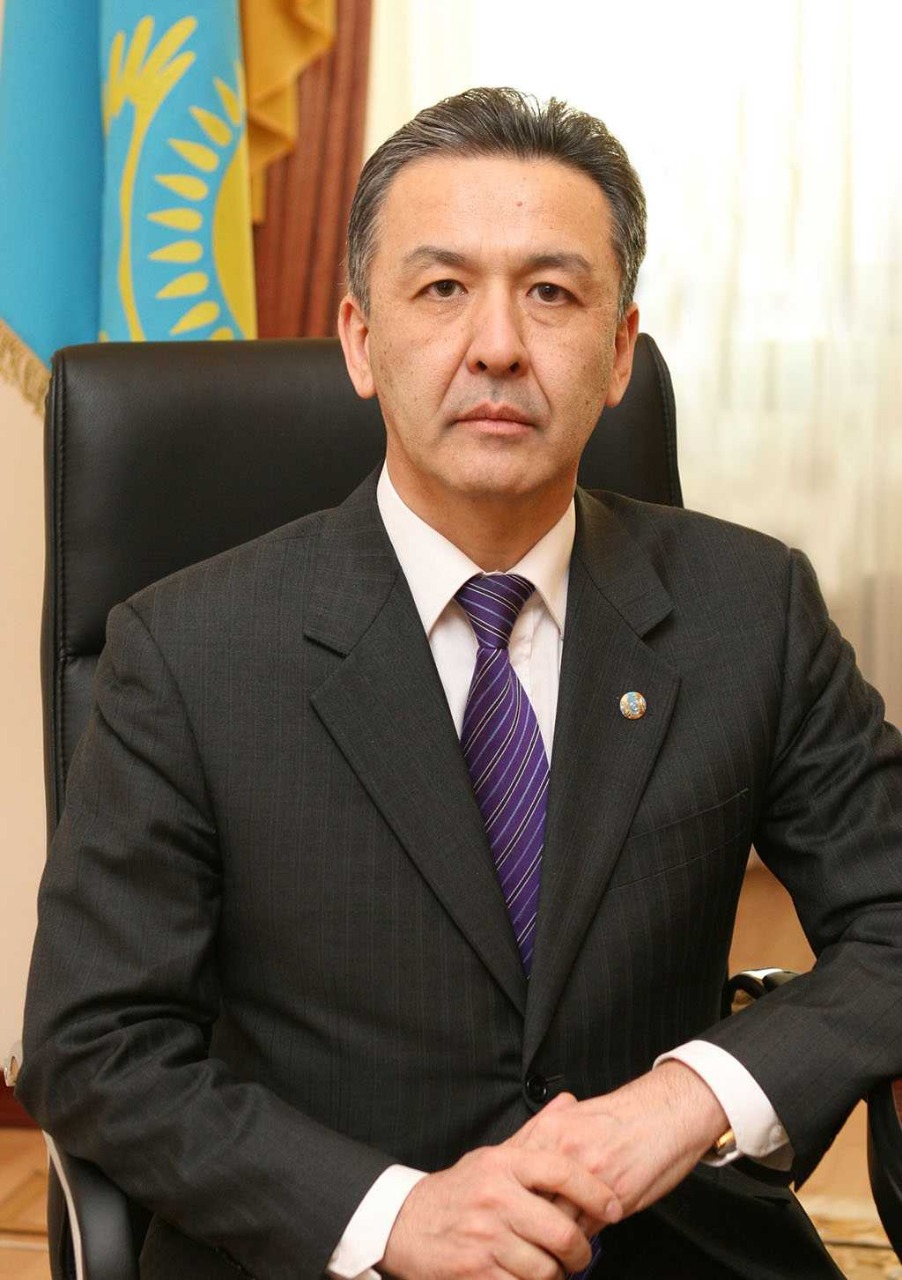 Карагандинский индустриальный университет — ведущий вуз Казахстана по подготовке высококвалифицированных кадров для го...
Карагандинский индустриальный университет — ведущий вуз Казахстана по подготовке высококвалифицированных кадров для го...